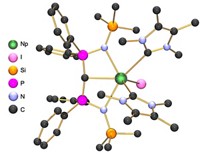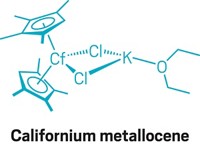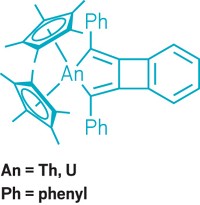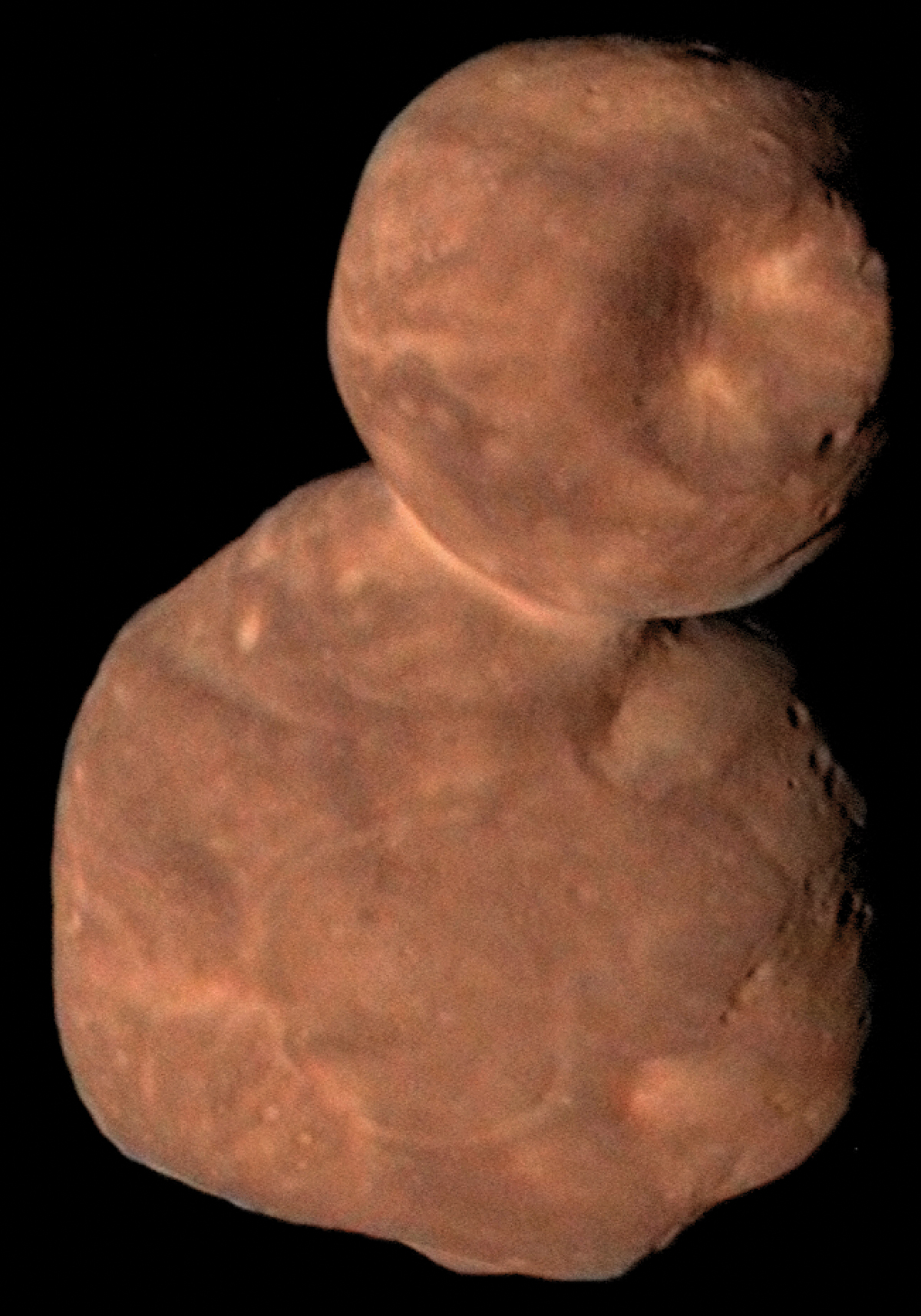Advertisement
Grab your lab coat. Let's get started
Welcome!
Welcome!
Create an account below to get 6 C&EN articles per month, receive newsletters and more - all free.
It seems this is your first time logging in online. Please enter the following information to continue.
As an ACS member you automatically get access to this site. All we need is few more details to create your reading experience.
Not you? Sign in with a different account.
Not you? Sign in with a different account.
ERROR 1
ERROR 1
ERROR 2
ERROR 2
ERROR 2
ERROR 2
ERROR 2
Password and Confirm password must match.
If you have an ACS member number, please enter it here so we can link this account to your membership. (optional)
ERROR 2
ACS values your privacy. By submitting your information, you are gaining access to C&EN and subscribing to our weekly newsletter. We use the information you provide to make your reading experience better, and we will never sell your data to third party members.
Physical Chemistry
Uranium-Gallium Complex With A π Bond
A new complex features a U–Ga bond, only the second known molecule with a bond between an actinide element and a group 13 element
by Elizabeth K. Wilson
January 12, 2009
| A version of this story appeared in
Volume 87, Issue 2

A newly made complex features a uranium-gallium bond, only the second known molecule containing a bond between an actinide element and a group 13 element. Steve T. Liddle of the University of Nottingham, in England; Cameron Jones of Monash University, in Australia; and colleagues synthesized the complex in which the U–Ga bond is surrounded by the chelating ligand tris(2-aminoethyl)amine-trimethylsilane (Angew. Chem. Int. Ed., DOI: 10.1002/anie.200805481). The molecule is also noteworthy, the authors say, because the U–Ga bond shows characteristics of π bonding, a trait that has not been seen before between an f-block element and a group 13 element. Scientists have debated the potential of f elements to bond covalently. That ability could have implications for nuclear waste separation, for example, where chemists would like to exploit the different chemistries of covalent bonding in lanthanides and actinides. The discovery comes on the heels of a report of the first actinide-group 13 complex, which contains a uranium-aluminum bond (C&EN, Aug. 4, 2008, page 36). One of that study's authors, John Arnold of the University of California, Berkeley, says the new work "adds significantly to our fundamental knowledge of f-element interactions with group 13 elements."







Join the conversation
Contact the reporter
Submit a Letter to the Editor for publication
Engage with us on Twitter